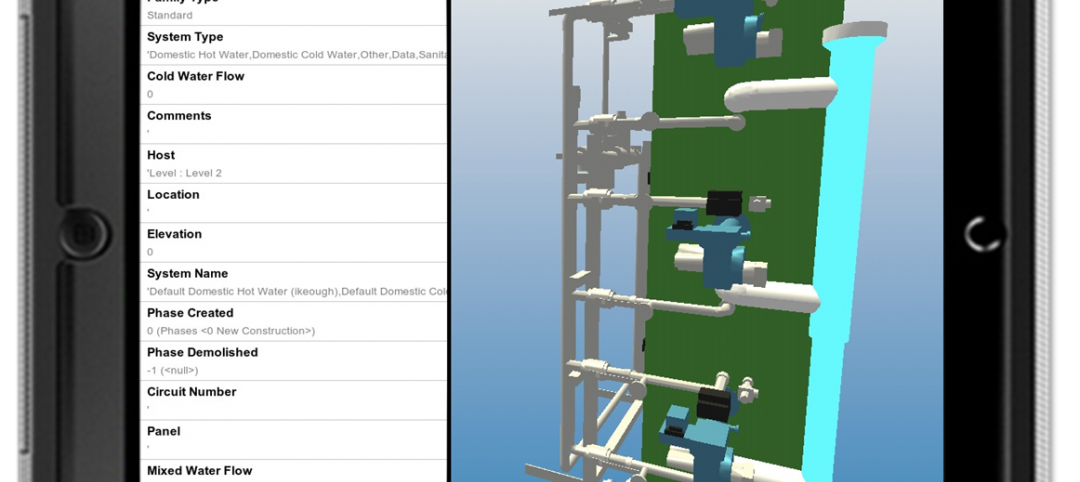Las Vegas – AEC software giant Autodesk announced several new products in the opening day of Autodesk University 2010, including an updated version including an updated version of AutoCAD WS for the iPhone and iPad. AutoCAD WS is a free web application that uses cloud computing to enable AutoCAD software users to view, edit and share their AutoCAD designs and DWG files through web browsers and mobile devices. Version 1.1 of the AutoCAD WS mobile app adds offline support, direct file uploads from an iPad and a simplified gesture interface.
Autodesk also released a SketchBook Mobile app for use on Android phones and other devices. Autodesk SketchBook Mobile is a professional-grade digital paint and drawing app that offers simple sketching tools for designers on the go. SketchBook Mobile uses the same graphics engine as Autodesk SketchBook Pro desktop software, delivering much of the same power and functionality to mobile devices.
After these two announcements for mobile platforms the opening keynote speech featured a talk from CTO Jeff Kowalski about “Infinite Computing,” a buzzword that sounds like cloud computing on steroids. Kowalski said these new tools and an accompanying mindset change are taking Autodesk’s users from a scarcity of computing resources to a vast abundance of them through the cloud.
“AutoCAD WS extends the reach of the office into the field,” he said. “Analysis engines in the cloud allow wind pattern and energy usage studies in conceptual design.”
CEO Carl Bass said he believes the steep decline in the cost of computing power will continue and Autodesk is simply preparing for a “hybrid computing model” where mobile devices and cloud computing will bring new business models along with them.
“It’s just another choice of deployment,” Bass said. “There’s no insistence on our part that the model moves this way. The pricing models are definitely changing as mobile devices put pressure on the market.”
Bass said he believes electronic software downloads, streaming technology that allows access to assets on the cloud and some products that exist purely in the cloud will be the new models for software delivery and said that Autodesk’s subscription program will still be the foundation of its business.
Recently released on Autodesk Labs, the conceptual modeling tool Project Vasari is a free download that gives users the ability to use a Revit-based conceptual modeler whose parametric and geometric designs can be easily transferred to Revit. Unlike the above products, however, Autodesk has no plans to charge for Vasari or to monetize it anytime soon.
“It’s a research project to get at what the disconnect is between conceptual design and design documentation,” said Phil Bernstein, senior vice president of industry relations for AEC at Autodesk. “People don’t buy Revit to experiment with it. We want to give our users the ability to replace rules of thumb and intuition with computation and known conditions. Building awareness is not trivial, we think this is a big deal.”
So, as Autodesk becomes more platform agnostic and plans for life in the cloud, the question naturally becomes when will its flagship BIM program, Revit, follow AutoCAD and be available on Apple’s Mac platform?
“We’re working to make Revit platform independent so that someday not only can it run on the Mac but also someday work on the cloud. It’s a necessary step, our customers are asking for it now and they’re expecting it and we need to support multiple ways for our customers to access it,” said Jim Lynch, vice president of Autodesk’s BIM product group. “I don’t think getting it there (on the Mac) is an urgent requirement today, but we want to do it right to have a technology that can support windows, can support mac and can support other platforms going down the line.”
So, the long road to Revit on the Mac has begun.
Jeff Yoders is covering Autodesk University all this week.








